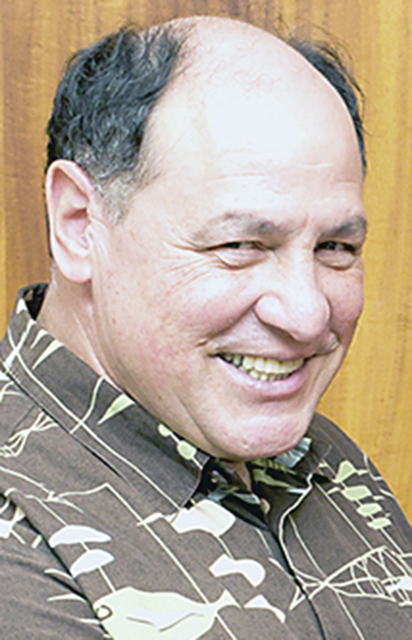Students, staff and faculty could see major changes down the road in how the University of Hawaii at Hilo’s academic colleges are structured.
Students, staff and faculty could see major changes down the road in how the University of Hawaii at Hilo’s academic colleges are structured.
The Hilo campus is considering a large-scale reorganization of departments within at least three of its six colleges.
Proponents say the effort would improve efficiency, group together like-minded programs and balance out a currently lopsided configuration of existing departments. They claim the move would not change academic offerings, cut jobs or reduce salaries. It would take effect — at the earliest — in August 2017.
“There’s a group of faculty who’ve felt for a long time we could have a more modern and efficient organization structure,” UH-Hilo Vice Chancellor for Academic Affairs Matt Platz said. “(Some) people believe if we organize ourselves differently, we can manage our resources more efficiently and use them to better promote student success.”
The UH-Hilo’s College of Arts and Sciences is too big and too diverse, reorganization supporters say. It offers at least 63 degrees and programs that range wildly in subject matter — nursing, history, performing arts, geology, chemistry and kinesiology, to name a few.
Meanwhile, the College of Agriculture, Forestry and Natural Resource Management (CAFNRM) and the College of Business and Economics offer just 10 degrees and certificates each, according to information on their websites.
A task force created to study the reorganization idea proposed several models during a town hall meeting last month.
One idea called for creation of an “Allied Health” college encompassing nursing, psychology and kinesiology. Another grouped the CAFNRM with natural sciences into an overarching “Basic Sciences” college. Several called for a separate “Humanities” college, and one proposal was to make no changes at all.
Examples excluded reorganizing the Daniel K. Inouye College of Pharmacy because it has a “unique tuition-dependent business model” that could potentially complicate a merger. They similarly left out the College of Hawaiian Language, which has by-laws requiring all faculty speak Hawaiian.
The task force didn’t determine whether the College of Continuing Education and Community Service — which offers non-credit courses, professional development workshops, among other programs — should be included in the reorganization.
Some faculty at the meeting last month had concerns. One worried the effort was too rushed. Another expressed concern about potential impact on students.
Others lauded the reorganization idea, stating there would be “advantages to being smaller” within the College of Arts and Sciences.
The university says majors and departments would remain intact — none would merge or be dismembered. No faculty or staff would see reductions in tenure status, salary or benefits as a result of the reorganization, and the effort is assumed to be “essentially cost neutral to the university,” the task force’s report says. The report also says the reshuffle doesn’t appear to affect program accreditations.
Administrators will create a plan — if they choose to reorganize — this summer, Platz said. In August, once faculty return from summer break, the administration would present a plan to the campus and unions representing faculty and staff. The decision would ultimately need to be approved by the Board of Regents.
“I’d imagine, the earliest we’d implement (would be) in August of 2017,” Platz said. “Could it be later? Certainly. But that’d be the earliest.”
Schools throughout the country have also reorganized academic units in recent years, largely to save money. In 2009, Arizona State University reorganized for the second time within a year in an effort to save nearly $3 million. Eastern Washington University similarly did so in 2013 in response to budget cuts.
Spokesman Jerry Chang said in an email that UH-Hilo last reorganized when the College of Business and Economics formed in 2004. It also reorganized in 1997 when the College of Hawaiian Language formed, he said, and also in 1975 when the College of Agriculture, Forestry and Natural Resource Management was created.
”Reorganizations are infrequent,” he said. “But sometimes they need to be done.”
Email Kirsten Johnson at kjohnson@hawaiitribune-herald.com.

